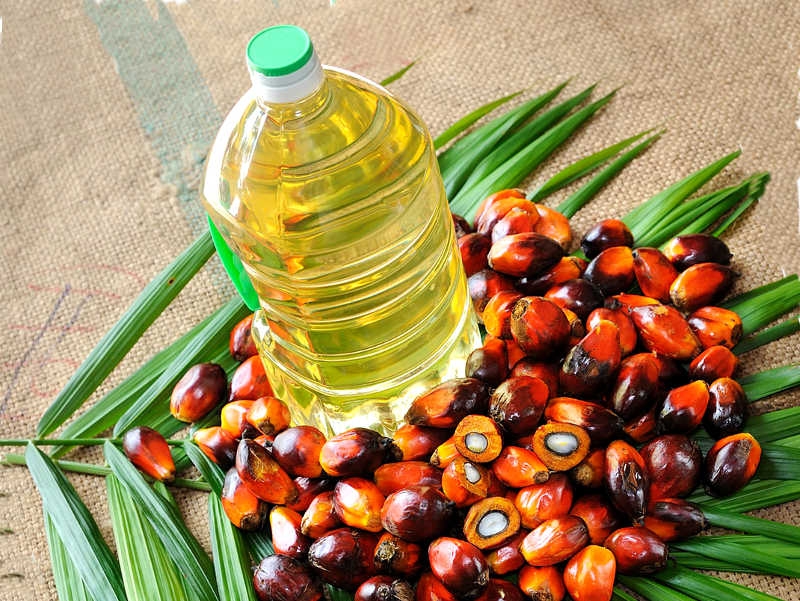Navigating Global Dynamics: Projected Stability in Palm Oil Prices

Market analysts anticipate a positive trajectory for Palm Oil prices in the upcoming period, taking into account various global factors. This anticipated stability arises from several global trends, including the higher availability of soybeans due to upcoming harvesting, weaker prices of rival oils, and increasing demand from importing regions. Furthermore, supporting these challenges, the integration of Palm Oil into end-users biodiesel sectors within major manufacturing and importing regions is expected to keep Palm Oil demand and prices consistently rising.
Moreover, earlier in January 2024, the Food and Agriculture Organization’s Oilseeds outlook reported a modest increase in international Palm Oil prices. This uptick was attributed to seasonally lower production in major Palm Oil-producing countries and concerns over unfavorable weather conditions in Malaysia. The vegetable oil price index remained stable, influenced by the collective impact of increased global prices for palm and other edible oils. Market experts predict a surplus of approximately 2 Another factor contributing to this sustained optimistic market outlook includes the subdued impact of the El Niño weather phenomenon, expected to end by June 2024. The emergence of La Niña later in the year could affect market sentiment, potentially impacting oil palm cultivation by million tons in the current season, a three-year low, but expect the surplus to increase to about 2.5 million tons in the 2024-25 season. However, the agency anticipates a decline in average annual Palm Oil prices from 2024-25 onwards, with risk factors including the development of biodiesel policies, alternative edible oil prices, and sustainable production efforts.
Furthermore, concerning the downstream production aspect, Indonesia is projected to witness a 5% year-on-year increase in Palm Oil output this year, reaching approximately 57.6 million metric tons, according to the Indonesia Palm Oil Association. In 2023, Palm Oil production recorded an almost 7% growth compared to the previous year, totaling about 54.84 million tons, which included around 50.07 million tons of crude Palm Oil (CPO). This growth persisted despite the moderate dry weather associated with the El Niño pattern that affected the country. An additional approximately 300,000 hectares of maturing areas began harvesting in 2023, contributing to the overall increased output.
However, the export of Indonesian Palm Oil products witnessed a 2.7% annual decline in 2023, amounting to nearly 32.2 million metric tons, compared to the approximately 33.1 million tons shipped in 2022. This decline was influenced by a surge in domestic demand, prompted by Indonesia’s decision to raise its mandatory biodiesel blending from 30% to 35% the previous year. Furthermore, the Indonesian Palm Oil Association (GAPKI) anticipates that the 2024 export figure will remain steady at around 32-33 million tons, as domestic demand for Palm Oil is expected to continue growing in the upcoming period.
Read also
Wheat in Southern Brazil Impacted by Dry Weather and Frosts
Oilseed Industry. Leaders and Strategies in the Times of a Great Change
Black Sea & Danube Region: Oilseed and Vegoil Markets Within Ongoing Transfor...
Serbia. The drought will cause extremely high losses for farmers this year
2023/24 Safrinha Corn in Brazil 91% Harvested
Write to us
Our manager will contact you soon



